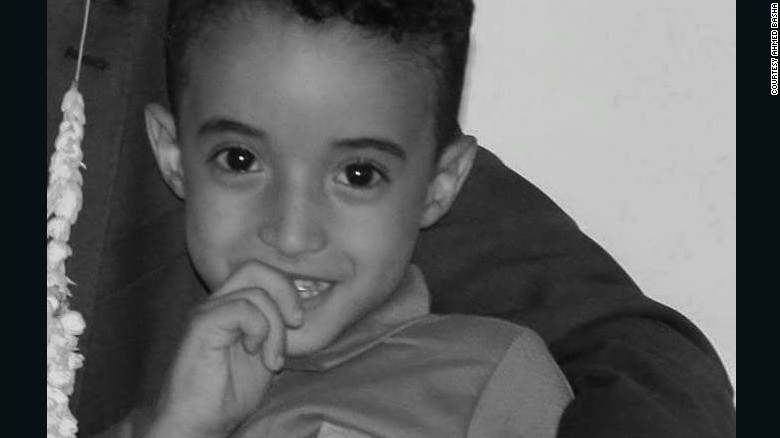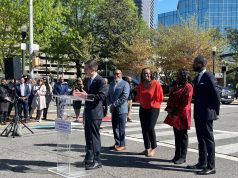(CNN)“Don’t bury me.” 9-year-old Fareed Shawky cries as doctors treat his many shrapnel wounds.
He is just a child. But more than six months of war in his country, Yemen, had taught him the bitter realities of conflict. People die, then they are buried.
“Don’t bury me,” Fareed says again through tears.
One of the medical staff laughs as he pats the child’s small legs to comfort him.
The interaction was filmed this month by Ahmed Basha, a local photographer who recounted the story to CNN.
“I thought he was just injured,” Basha says from his home in Taiz, Yemen’s third-largest city. “I wasn’t even sure I had been recording when he said this. I was more concerned with my still photography.”
Days later, Fareed died of wounds to his head. The boy was buried, hurriedly, in a family graveyard.
When Basha got word of the child’s death, he began sifting through his footage. He published the video of the boy begging to live and began telling the world his story.
It was quickly picked up by social media at a time when little else on Yemen’s war seems to gain much attention.
It is the war the world forgot, activists say, and little Fareed is reminding us.
A ‘human catastrophe’
Two rival factions are vying for power in Yemen: the Shiite Houthi rebel movement and the backers of ousted President Abdu Rabu Mansour Hadi.
But the conflict is not binary. A secessionist movement in the south, a strong al Qaeda presence along the coast and the recent rise of ISIS all contribute to an increasingly volatile situation.
The battle for control triggered the formation of an Arab coalition, led by Saudi Arabia, to intervene on behalf of the Hadi’s internationally recognized government.
The Saudis and their predominantly Sunni allies consider the Houthis, who hail from northern Yemen, to be proxies for the Shiite government of Iran and fear another Shiite-dominated state in the region. The Houthis deny Iran supplies any direct material support.
Airstrikes, battles and other spurts of bloodshed have taken their toll. The United Nations has attempted repeatedly, but to no avail, to resolve what it calls a “human catastrophe” that had killed or wounded more than 27,000 people as of midsummer, according to the U.N. Office for the Coordination of Humanitarian Affairs (OCHA), and has left 80% of the population in need of humanitarian assistance.
Four out of every five Yemenis are lacking the most basic things, including water, food, adequate medical care, and shelter, according to OCHA.
Fareed’s story spreads
For all this suffering, that doesn’t mean Yemenis have given up.
Fareed’s story is now emblematic of Yemen’s struggles — and resilience. Activists are using the hashtag #dontburyme to call for an end to the bloodshed. The boy is being called the “Aylan Kurdi of Yemen” a reference to the Syrian toddler whose body washed up on a Turkish shore in September.
“Fareed saw burial of neighbor kid killed by Houthi shell & was traumatized. Hence pleaded #DontBuryMe .. #Yemen” Hishal al-Omeisy, a prominent Yemeni activist, posted on Twitter.
The hashtag originally started in Arabic, but as the story spread, more users began using the English version.
“A child in #taiz told his father after he was injured: do not bury me. Sadly, the father could not [fulfill] his son’s call.#Dontburyme” Kawkab Ahmed, a Turkish observer, said on the microblogging site.





